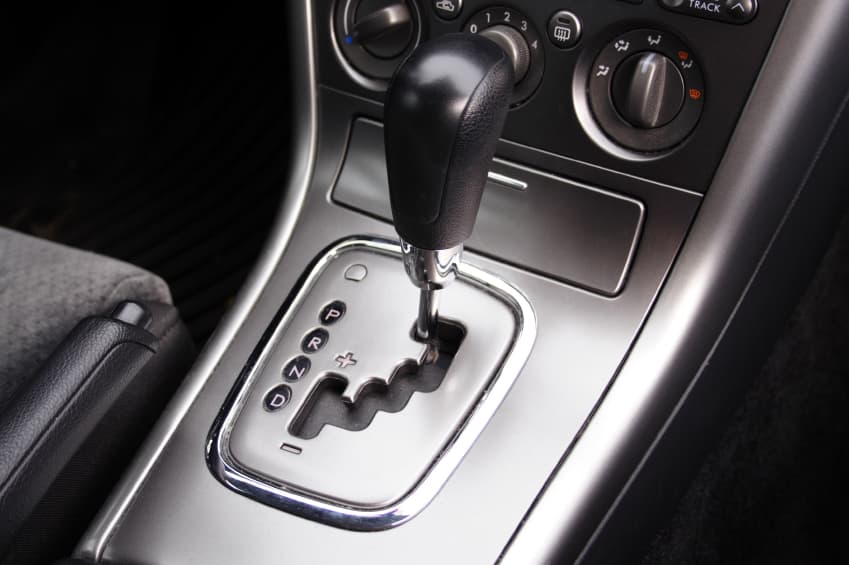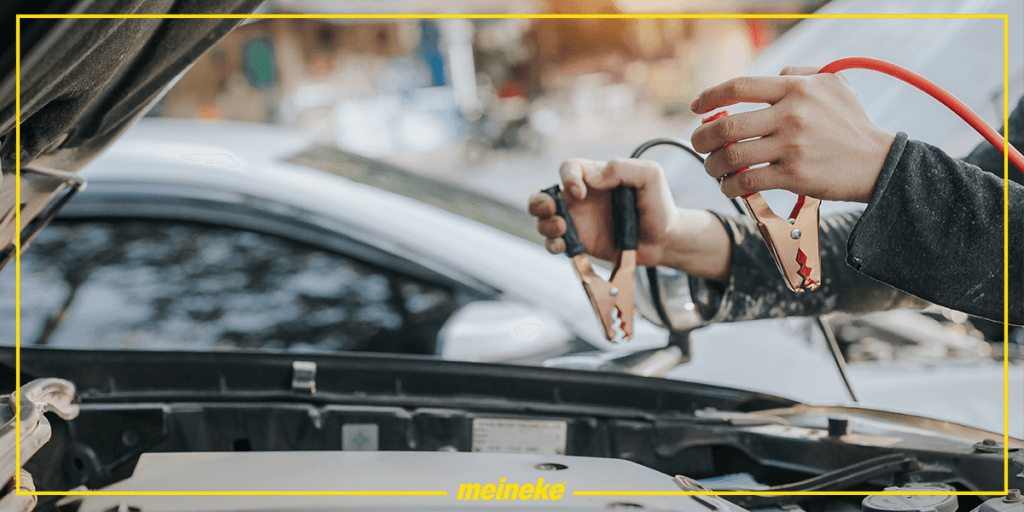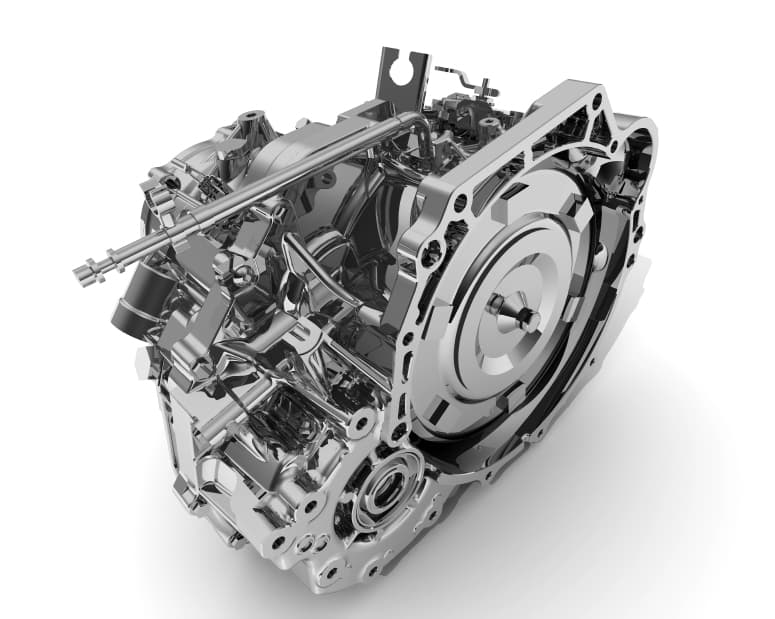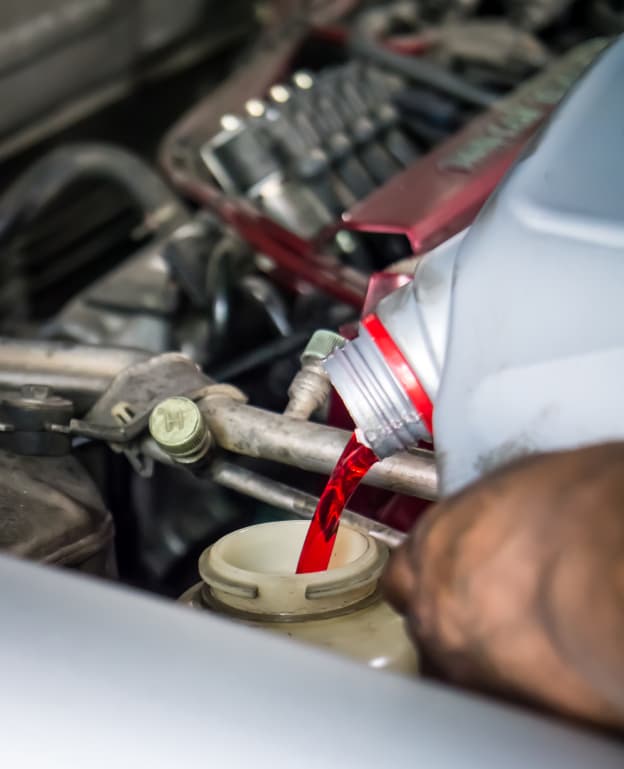
December 8, 2018
How Does an Automatic Transmission Work
Automatic and manual transmissions do basically the same thing—but if you’ve driven them both then you know they work in very different ways. Essentially, an automatic simplifies the driving experience considerably. Unlike driving a manual, there is no clutch pedal to contend with. Even more significantly, there is no gear shift for drivers to operate; all you have to do is shift the car from Park into Drive and the rest happens for you.
What is the difference between automatic transmission and manual?
If the driver’s experience with automatics and manuals is quite different, what’s happening under the hood is largely the same. Both types work to allow your engine to operate within a narrow range of speeds while allowing the car itself to experience numerous output speeds.
In both types of cars, gears are used to leverage the engine’s torque and allow that engine to keep whirring along at a reasonable speed. The end result is that drivers can operate their cars at varying speeds and accelerations without having to worry about the engine burning up.
But how do automatics and manuals actually differ on a technical level?
The big difference is that a manual will lock and unlock different gears to produce needed gear ratios. With an automatic, the same set of gears produces all the necessary gear ratios—thus, no need for gear shifting.
The Key Components
To make all of this happen, the automatic relies on a few key components. Some of these components to know about are:
- The planetary gear sets, which provide all forward and reverse gear sets.
- The hydraulic system, which uses special transmission fluid to control the planetary gear sets.
- The torque converter, which basically serves as the clutch, letting a gear stop while the engine keeps running.
- The governor and the modulator, which determine speed and throttle and signal for gear shifts when needed.
Maintenance and Repairs
Because driving it is so much simpler, many motorists prefer an automatic transmission—but what vehicle owners need to know is that this critical automotive system requires some special maintenance and care.
Some things to be aware of:
- Watch out for any leaks or stains that might appear under the vehicle, especially if they appear to have a red hue. This could be spilled fluid. If you’re leaking fluid, you’ll want to get it looked at immediately to prevent further damage to the engine.
- Be wary of any new noises or vibrations, or unusual behavior when the engine shifts gears. If it seems like driving the car causes the engine sudden, undue stress, you’ll want to have it inspected right away.
- Make sure to change the transmission fluid periodically. Your owner’s manual will tell you how often to do this, but it will likely be every 25,000 miles or so. If you’re not sure how to do this you can always have the car professionally serviced at your local Meineke Car Care Center.
Automatic transmissions make life easier for drivers—so make sure that you do everything you can to take care of yours!



